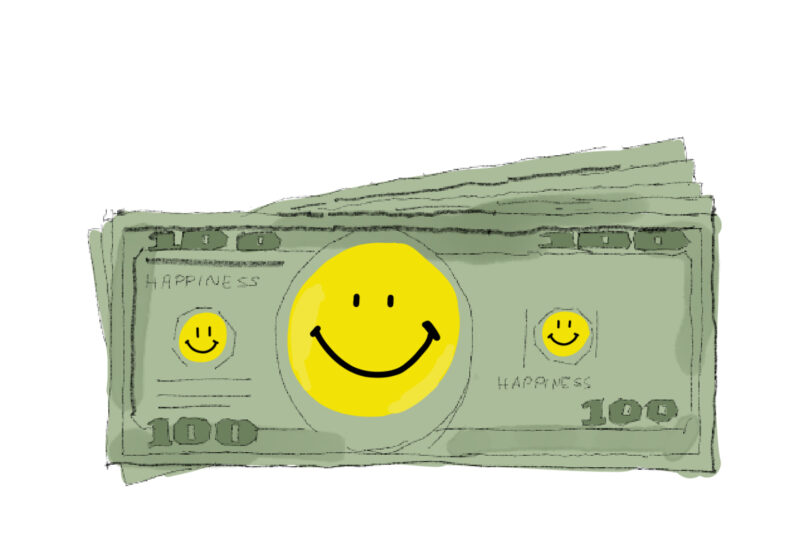The snow falls in flurries—except at occasional intervals, when it’s checked by a vibrant burst of lasers.
It’s a Saturday night in February at the Rochester Museum and Science Center’s Strasenburgh Planetarium, and that can only mean one thing: we’re going to the ‘90s Laser Show.
No, it’s not a cyberpunk remake of the Rocky Horror Picture Show. It’s something totally unique, and uniquely difficult to explain.
I’m ushered in, along with a sizable crowd, to the dome of the planetarium—the room is by no means full, but there are more people here than I’d expected.
The seats are set back at a 45-degree angle to the floor, a necessity when the show is happening above your head. As I sink into my seat, the projectionist assures us that smoke and strobing lights are nothing to worry about—it’s all part of the show.
The lights snap off, and the music begins.
“What’s the frequency, Kenneth?” singer Michael Stipe roars, as the lasers in the back of the room etch the first patterns of the evening on the screen above us.
Prismatic shapes pinwheel across the observatory dome as the churning, wave-breaking chords of R.E.M.’s “What’s the Frequency, Kenneth?” fade into the austere and melancholic notes of Oasis’ “Wonderwall.”
The planetarium’s massive, multi-ocular star projector (nicknamed “Carl” for its manufacturer, the Carl Zeiss Company) rises from a pit in the center of the room to cast star-scapes on the domed screen over our heads.
“Wonderwall” might be the perfect song for drifting through interstellar space. As Noel Gallagher’s plaintive “maybes” crash over the audience, we gaze up at the ceiling, where crazy light patterns whirl against a starry backdrop.
It’s easy to imagine I’m not on this planet at all. A smile finds its way to my face.
By the time the song ends, I’m not sure I want to come back to Earth.
Fortunately, I don’t have to. The blaring intro riff of Dave Matthews Band’s “Too Much” kicks in, and sends us hurtling out past the orbit of Neptune. As one song segues into the next, I lose track of time, but I don’t want to look at my watch.
The playlist goes on—”Too Much” is followed by Pearl Jam’s “Elderly Woman Behind the Counter in a Small Town;” next is “Plush” by Stone Temple Pilots and “Never There” by Cake. (All these songs now live in a playlist on my Spotify account called “90s Laser.”)
It’s not until “1979” by Smashing Pumpkins that we really achieve lift-off, soaring into nebulous and star-studded vistas on Billy Corgan’s aching vocal chords.
Sarah McLachlan’s “Possession” is next, followed by U2’s “Mysterious Ways” and Bush’s “Machinehead.”
Smoke begins to billow from the front of the room, and beams of green and blue light cut through the haze, snapping like the finger of a metronome. The last three songs are a recognizable power trio: “Under the Bridge” by Red Hot Chili Peppers, “Zombie” by The Cranberries, and “Smells Like Teen Spirit,” by Nirvana, perhaps the most 90’s of all 90’s anthems.
By this point, we’ve been here under the lasers for the better part of an hour and I can’t stop smiling. Is this what the future was meant to be like? In 1999, I think maybe it was.
When the lights come up, there is scattered applause—but we mostly walk away in silence.
The Strasenburgh Planetarium, just down the street from the Orange Line stop at East and Alexander, hosts laser light shows every weekend. Music and themes vary by month—Saturdays in March feature a Radiohead playlist at 8:15 p.m. and Dave Matthews Band at 9:30 p.m. Shows are 50 minutes in length; tickets are $6 with your student ID.




